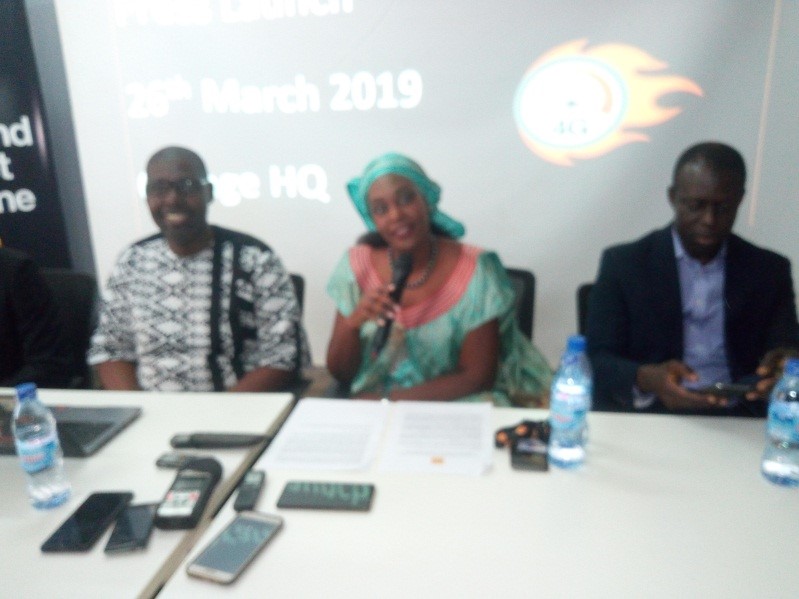
Orange announces the connection of Benin and the Canary Islands to the ACE submarine cable (Africa Coast to Europe)
PARIS, France, July 2, 2015/ — Orange (http://www.orange.com), together with the other members of the ACE consortium, announces the launch of the ACE cable in Cotonou, Benin and Tenerife, Canary Islands, Spain. The connection of these two stations is part of the second phase of deployment of the ACE submarine cable, which now serves 18 countries: France, Portugal, the Canary Islands (Spain), Mauritania, Senegal, Gambia, Guinea, Sierra Leone, Liberia, Côte d’Ivoire, Benin, Ghana, Nigeria, Equatorial Guinea, Gabon, and São Tomé and Príncipe. Two landlocked countries, Mali and Niger, are connected via a terrestrial extension.
The ACE cable, which expands broadband internet access in Africa and provides additional capacity to existing national networks, will cover 17,000 kilometres and will be extended to South Africa by the end of the second phase. Branches are planned in order to connect Cameroon, as this country has just signed the agreement that formalizes its entry into the ACE consortium, the Democratic Republic of the Congo, Angola and Namibia.
Since the first phase was launched in December 2012, seven of the connected countries – Gambia, Guinea, Equatorial Guinea, Liberia, Mauritania, São Tomé and Príncipe, and Sierra Leone – have had a direct connection to a submarine cable for the first time, enabling them to access the international broadband network in an optimal manner.
To carry out this ambitious project, Orange, together with its subsidiaries Côte d’Ivoire Telecom, Orange Cameroon, Orange Mali, Orange Niger and Sonatel, combined forces with other major partners to form an international consortium.
Greater security for network traffic
Beyond the connectivity between Africa and Europe, thanks to interconnections with other submarine cables, ACE constitutes another route to the Americas and Asia for Africa. Moreover, ACE is an alternative for network traffic between Europe and Asia going through Africa. The cable also diversifies transmission arteries between Portugal and France.
ACE relies on what is currently the most advanced technology used for submarine cables: wavelength division multiplexing (WDM). With WDM, cable capacity can be increased without additional submarine work. Overall capacity will be boosted to 12.8 Tbps using 100-Gbps technology, which supports high-capacity networks.
An essential part of the Group’s broadband network in Africa
The cable’s construction amounts to a total investment of around USD 700 million for the consortium, with around USD 250 million financed by the Group and its subsidiaries. This major investment furthers two of Orange’s strategic objectives: to provide widespread access to the internet in the more than twenty African countries where the Group is present and to continue to improve the quality of its network service.
Through the development of its submarine networks, Orange is contributing to the development of a high-quality worldwide network to help service the ever-increasing volumes of data being exchanged.
Distributed by APO (African Press Organization) on behalf of Orange.
Stay with Sierra Express Media, for your trusted place in news!
© 2015, https:. All rights reserved.






